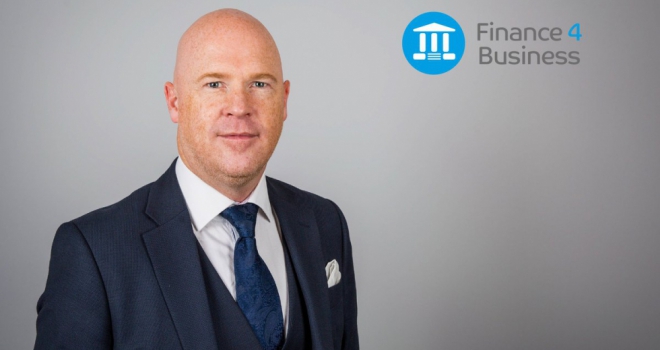
"Its success has been underpinned by an emphasis upon flexibility and an ability to compete at the highest level."
Research conducted by the Association of Short Term Lenders, meanwhile, has revealed that almost 80% of its members expect their turnover of business to increase during 2018, moreover, as bridging products continue to assume an increasingly established- some would say mainstream- mantle within the marketplace. Which is marvellous news, of course, but also indicative of the need for a degree of caution.
Throughout its history, bridging lending has been defined by a willingness to stand aside from mainstream criteria and to embrace ‘niche’ or marginalised social groups hitherto abandoned by traditional, high street lenders. Its success has been underpinned by an emphasis upon flexibility and an ability to compete at the highest level.
In the past few months, for example, bridging loans have helped cash strapped (and much maligned) buy-to-let landlords bring their rental properties in line with new government energy regulations, while continuing to finance investment acquisitions. In addition, short term lending options are now providing a genuine alternative to the absence of mainstream support for SME housebuilders, with over £300 million in development funding provided by ASTL members during Q4 2017 alone.
Far-sighted lending models such as these are therefore helping to transform both individual lives and to facilitate the overhaul of neglected areas within our social fabric - something to be justly proud of. And, there’s nothing wrong with ‘mainstream’ in this context either, so long as it remains a short-hand way of saying ‘popular’ but ‘accessible’. Indeed, we should celebrate bridging as a uniquely mainstream alternative to an increasingly unresponsive financial status quo, while ensuring that we maintain our own flexible and competitive edge. Because ‘niche’ groups are not going to go away anytime soon. In fact, they will continue to grow. Therein lies our strength.





